Misinformation and post-Covid vax fatigue threat to immunisation scheme
Children are at risk of death or disability from preventable diseases as immunisation rates plunge, with misinformation and vaccine exhaustion threatening herd immunity. Riley Hughes (pictured) died at four weeks because he was too young to be vaccinated.
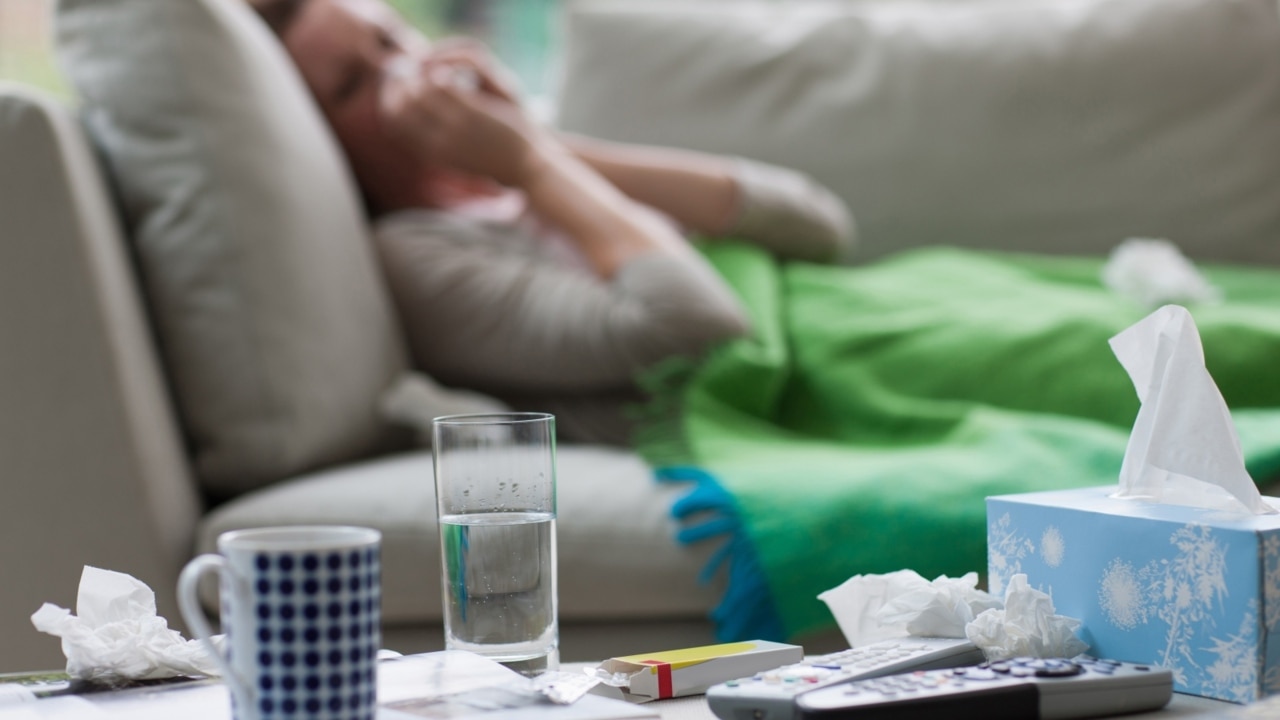
Australian children are at risk of death and life-changing disability from preventable diseases amid falling immunisation rates, with misinformation and vaccine exhaustion threatening our herd immunity.
While the national childhood immunisation coverage target is 95 per cent, rates have fallen across all age groups since peaking in 2020, with one NSW community falling below 75 per cent.
Australian Medical Association councillor Dr Kenneth McCroary said he was “really disappointed” about the national decrease, warning there is a real risk of it “wreaking havoc in the future”.
“One in 50 kids used to die from measles, people don’t realise how serious it is,” he said. “There’s a syndrome — panencephalitis — where the kids get measles, and they’re ok, and then five or 10 years later, their brain essentially turns to mush, and they die within 12 months.
“This is what we have to look forward to if we don’t start vaccinating our kids on time and appropriately.”
Doctors are warning that whooping cough, Covid-19, influenza and respiratory syncytial virus (RSV) are all on the rise, with huge numbers of cases being recorded every week as vaccine hesitancy lingers post-pandemic.
So far this year, there have been 3174 cases of whooping cough in NSW alone — last year there were just 912 cases, and in 2022, 84 recorded cases.
When it comes to the flu, 33,240 cases have been reported to the start of June, a jump of 13,000 cases on the same time last year.
Measles is one of the world’s most contagious diseases and, thanks to immunisation, was technically eliminated in Australia in 2014.
However, 32 cases of measles have been detected in Australia so far this year, 16 of those in NSW.
There were 26 cases reported nationwide throughout the entirety of 2023.
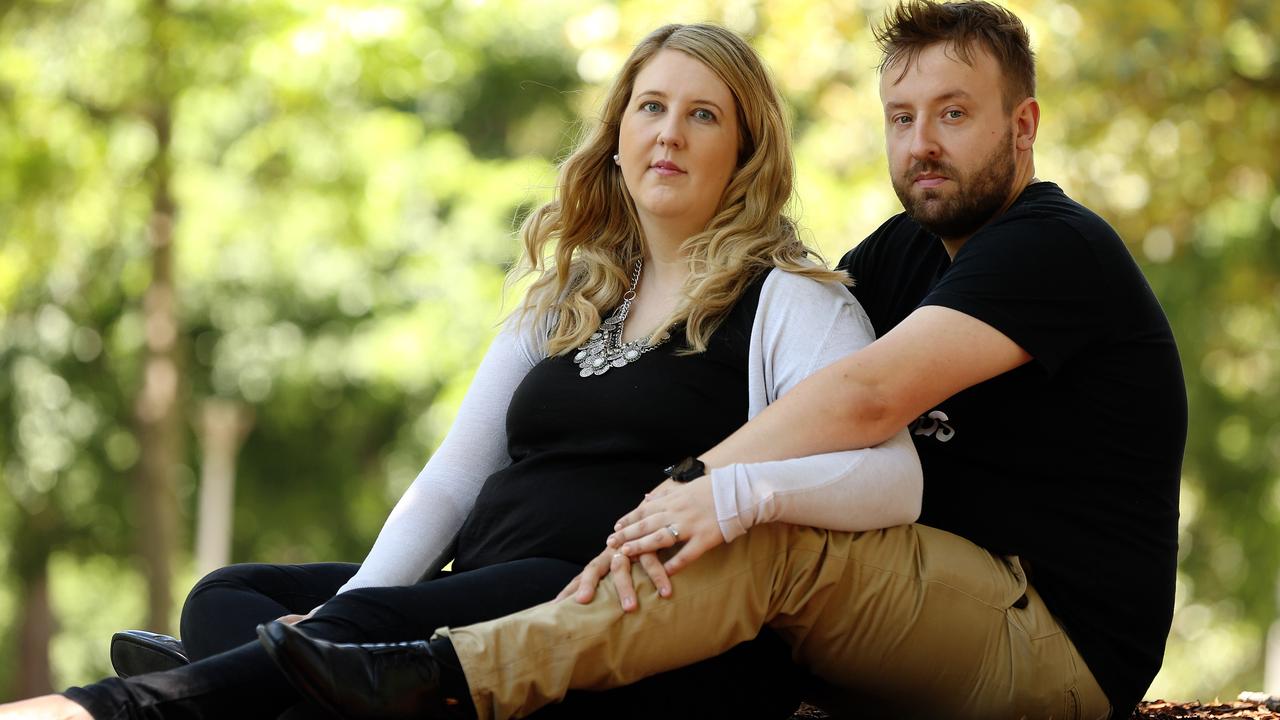
To achieve herd immunity for infectious diseases, coverage needs to be high Australia-wide. For example, measles is highly infectious, so needs a coverage rate of about 92 per cent to 94 per cent.
According to current data from the Australian Immunisation Register, 93.16 per cent of one-year-olds have been immunised, while 91.24 per cent of two-year-olds are fully vaccinated. The coverage rate for all children at five years is 93.93 per cent.
Following the introduction of No Jab No Play/Pay initiatives championed by The Sunday and Daily Telegraph and implemented by both state and federal governments since 2014, immunisation rates rose year on year until the pandemic.
The number of fully immunised Australian children hit a record high in 2020 with 95.09 per cent of five-year-olds fully vaccinated, the highest in Australia’s vaccination history and exceeding the target of 95 per cent. They peaked at 94.85 for one-year-olds and 92.55 for two-year-olds.
With current rates sitting at 93.93 per cent, the lowest since 2017, there is an urgent need to see them peak above the 2020 rating.
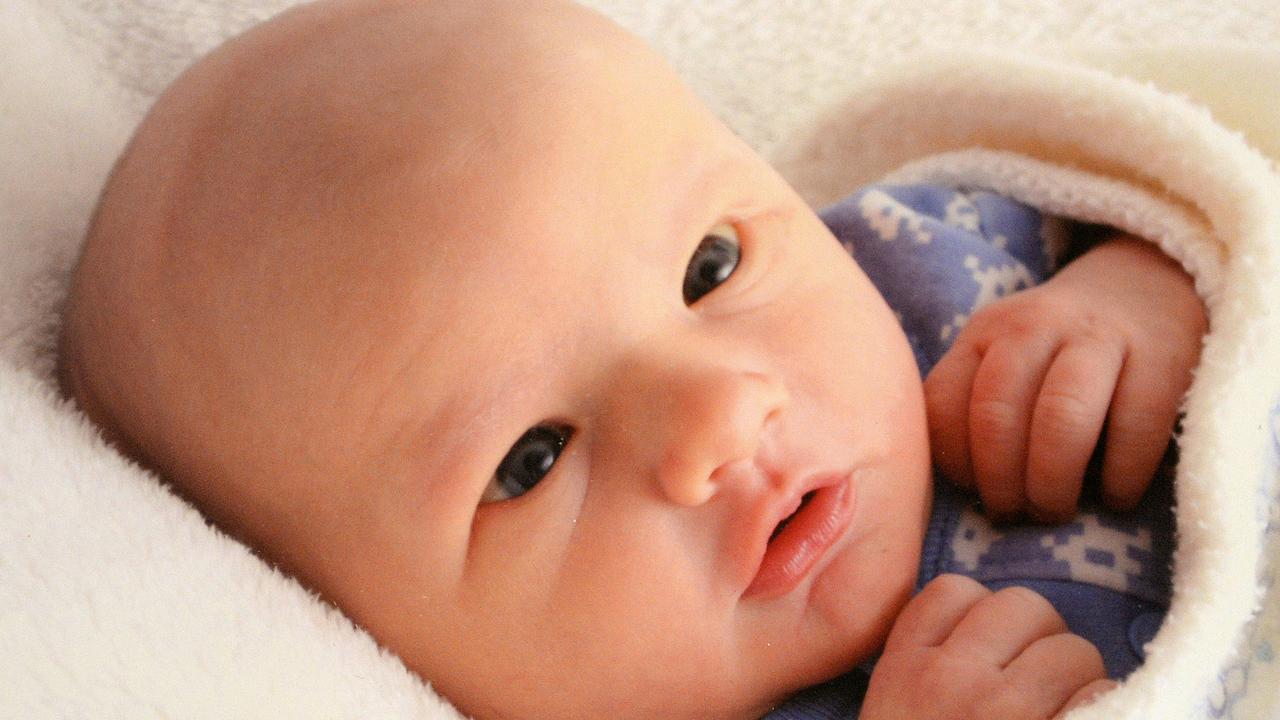
Dr McCroary said the fall in childhood immunisation was linked to many things, but misinformation formed part of it.
“There’s a lot of ridiculous misinformation online which doesn’t help,” he said.
“A trusting relationship with a GP is really important because it’s our job to inform and encourage people to get their kids vaccinated and tell them when to do it.”
Immunisation Coalition chairman Dr Rod Pearce said confusion and vaccine mistrust following the Covid-19 pandemic had also contributed to the decline in immunisation.
“The question that we don’t know the answer to is whether it is vaccine hesitancy or confusion about the different vaccines and what falls into the national programs,” he said.
“Because of the pandemic people haven’t seen diseases (like measles or whooping cough) around so they’re saying it’s not so important.”
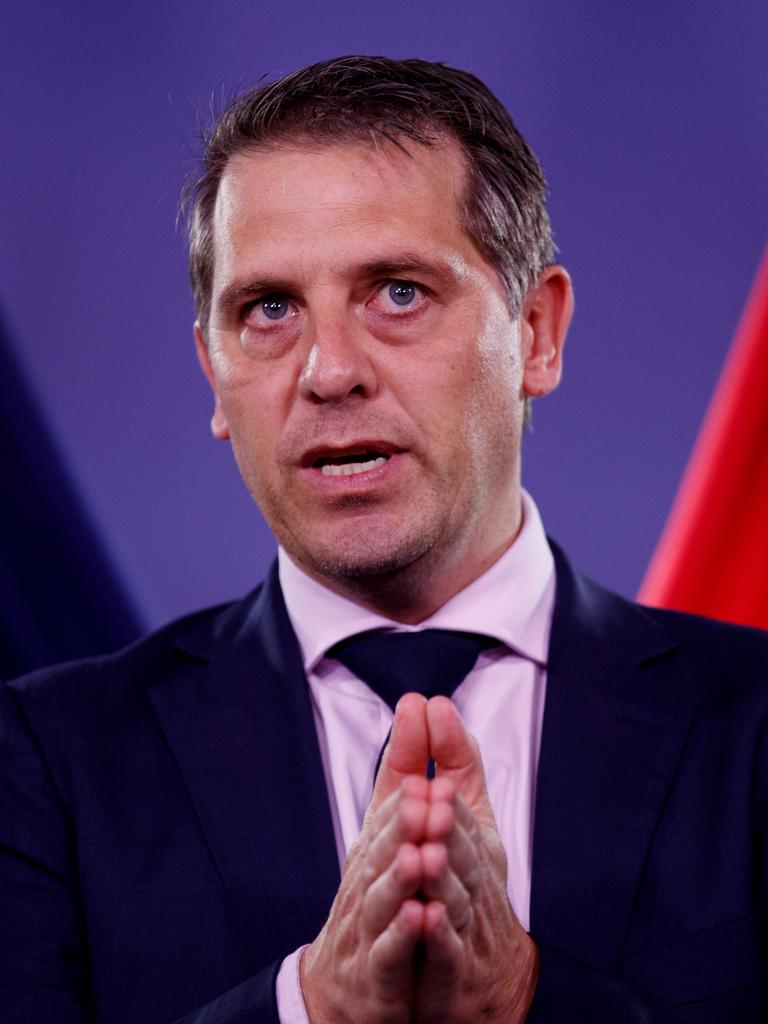
Vaccination campaigner Catherine Hughes, who lost her baby Riley to whooping cough at just four weeks old in 2015, said the declining immunisation rates were a “recipe for disaster”.
Riley was too young to be vaccinated when he contracted pertussis, and since the tragedy, Ms Hughes and her husband Greg have fought hard to raise awareness about the importance of immunisation.
“I really do worry what’s going to happen (if rates continue to decrease). I suspect we will see more babies being hospitalised and potentially, unfortunately, more babies dying from whooping cough,” she said.
Ms Hughes and her family, who started The Immunisation Foundation of Australia, have been the target of vile anti-vax trolls, and while she’s strong enough to ignore it, she worries about the impact of vaccine misinformation and post-pandemic mistrust.
“It can be really vitriolic and these people are very passionate about what they believe. I do really worry about other families and how this will impact other children,” she said.
WHICH VACCINES WHEN — AND WHY THEY ARE SO IMPORTANT
Jab rates need to be at 95 per cent to create “herd immunity” to stop outbreaks and protect vulnerable newborns and children.
Just one traveller infected with a highly infectious disease like measles could restart these vaccine-preventable diseases if immunisation rates don’t increase.
In Australia, children receive immunisations for whooping cough, polio, hepatitis B, meningococcal, diphtheria, mumps, measles and rubella (among others) between the ages of two months and five years.
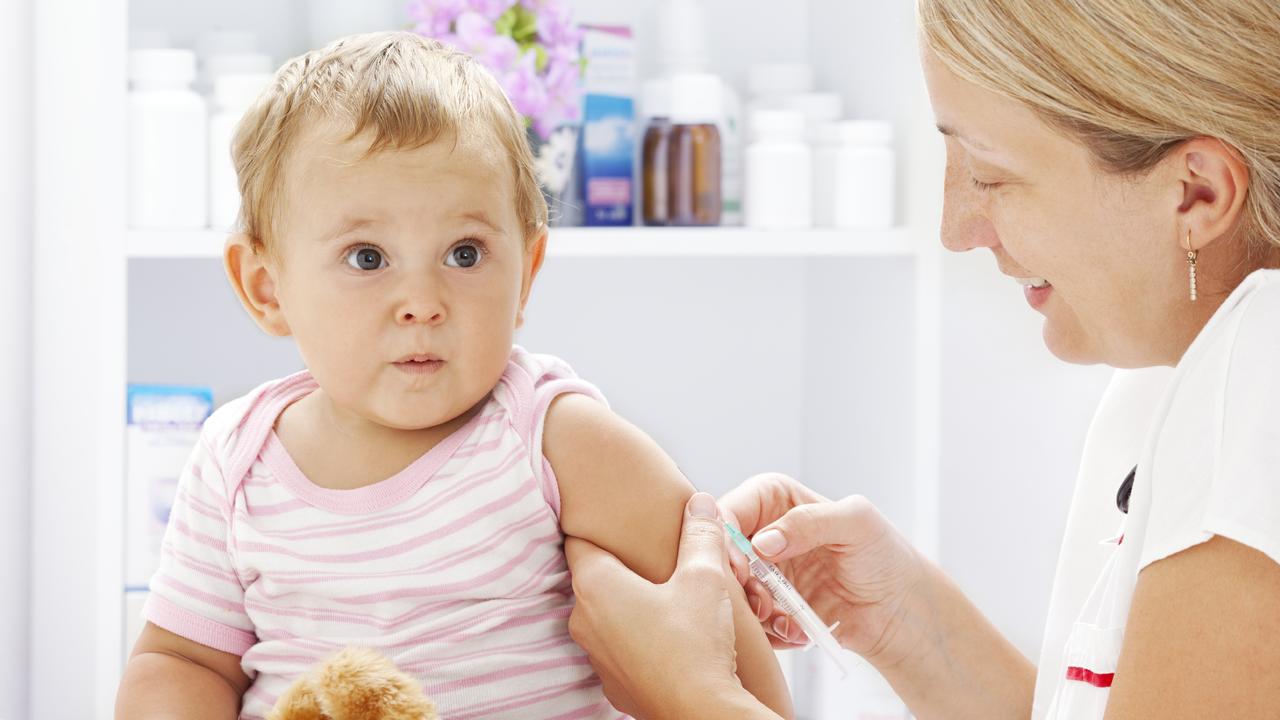
The immunisations initiate the body’s natural defence mechanism – the immune response – to build resistance to specific infections.
Children who do not receive complete and timely vaccinations are at risk of contracting vaccine-preventable diseases.
Immunisation Coalition chairman Dr Rod Pearce said immunisations before a child turns two are “absolutely crucial” in forming lifelong protection against certain diseases.
“A child in the first 12 months is relying on protection from their mum and some boosts for their immune system to get them through the first year,” he said.
“After 12 months the child essentially moves into an adult-type immune response so if we vaccinated people after 12 months, we actually get lifelong protection.”
Childhood immunisation officially began in Australia in 1932 and has been an integral part of nearly completely eliminating crippling and fatal diseases such as polio and tuberculosis.
THE GOOD, THE BAD AND THE DEADLY
The worst vaccination rate for all of NSW is in the Richmond Valley coastal area — which encompasses the towns of Brunswick Heads, Byron, Bangalow, Ballina, Woodburn AND Evans Head — where just 74.72 per cent of children in the two-year-old cohort have been fully immunised, well below the 95 cent target.
But parents in most country areas of NSW are getting their children immunised at a higher rate than those in city areas, with parts of Sydney clocking the lowest vaccination levels.
In Broken Hill and the Far West, more than 98 per cent of children have been fully immunised by the age of five according to the latest date from the Australian Immunisation Register.
In Sydney’s inner city, just 88.48 per cent of children aged five have been fully vaccinated – making it the third worst place in the state for immunisation.
NSW Health Minister Ryan Park said the low rates of immunisation were “concerning”.
“Vaccination is the best way to protect your children against serious preventable diseases,” he said.
“Children should be vaccinated as close as possible to the scheduled milestones on the NSW Immunisation Schedule. It’s important you don’t delay vaccination.
“Delaying immunisation places children at risk of catching disease and becoming very sick.”
Got a news tip? Email weekendtele@news.com.au




